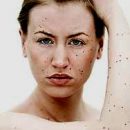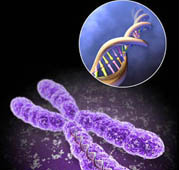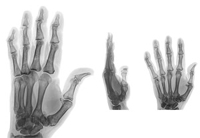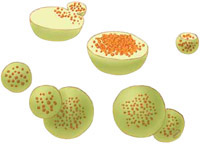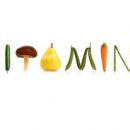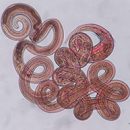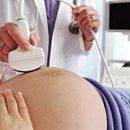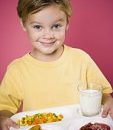The most important component of the treatment of phenylketonuria is a diet. What should it be? This article provides approximate menus for children with phenylketonuria.
Content
Food for mind
Phenylketonuria refers to the number of hereditary diseases in which therapeutic nutrition is the only method of treatment. According to foreign authors, 60% of patients - idiots, 30% - weakness, and only 10% of patients have a weak degree of oligophrenia (dementia). Spontaneous improvement in mental functions during phenylketonurium has never been observed, because it is so important to identify the disease as soon as possible and assign the appropriate nutrition. The translation of the child for special food in the early detection of the disease guarantees normal neuropsychic development.
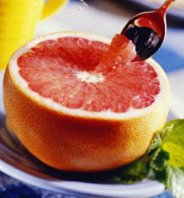 Diet and therapy is based on the principle of a sharp limitation of phenylalanine, which comes with food. Any protein contains up to 8% phenylalanine, and therefore high-protected products (meat, fish, liver, sausages, eggs, cottage cheese, bakery products, cereals, beans, peas, nuts, chocolate) from the diet are excluded at all.
Diet and therapy is based on the principle of a sharp limitation of phenylalanine, which comes with food. Any protein contains up to 8% phenylalanine, and therefore high-protected products (meat, fish, liver, sausages, eggs, cottage cheese, bakery products, cereals, beans, peas, nuts, chocolate) from the diet are excluded at all.
Menu for children with phenylketonuria, depending on age
An approximate one-day menu for children with phenylketonurium aged 1 to 1.5 years (in grams):
- Breakfast: Porridge from Sago (rubbing) - 150 (output of finished meals), Apple puree - 50, Sweet tea - 150.
-
Lunch: a brideller with shit-blind (rubbed) - 150, vegetable puree - 150, apricot juice - 150, bread from corn starch - 20, butter - 10.
- Afternoon school: fruit puree with sugar - 150.
- Dinner: Beet caviar with apples - 150, Cherry Mousse - 50, Sweet tea - 150.
An exemplary menu for children, patients with phenylketonuria, aged 1.5 to 3 years (in grams):
- 6.00 h: juice - 100.
- Breakfast: peid carrots - 150, plum or apple juice - 50, sweet tea - 150.
- Lunch: Women Vegetarian (rubbed) - 150, Porridge from Sago - 150, Cranberry Kissel - 150, Shopless Bread - 50.
- Afternooner: Fruits - 200, Sugar - 15.
- Dinner: Cabbage stew - 150, Cherry juice - 150.
Exemplary menu for patients with phenylketonurium aged 3 to 5 years (in grams):
- Breakfast: Potato mashed potatoes with cucumber - 170, bread from corn starch - 20, Sweet tea - 180.
- Lunch: Vegetarian soup - 150, sagovaya porridge - 150, cranberry kitchen - 150, corn bread - 20.
- Afternooner: fruit - 200, sugar - 20.
- Dinner: Vinaigrette - 200, Sweet tea - 150, Corn bread - 20.
-
Breakfast: vegetable salad - 200, plum juice - 100, sweet tea - 150. Lunch: Beetter - 200, Pudding from Sago - 200, Grape Juice - 150, Corn Bread - 50.
- Afternooner: fruit - 200, sugar - 20.
- Dinner: stew vegetables - 200, cranberry kitchen - 150.
Treatment results are directly dependent on age, which began treatment with special nutrition. The earlier the therapeutic nutrition is in, the time the chance of the full neuropsychic development of the child. At the later beginning of therapeutic nutrition, only a state improvement is possible.

